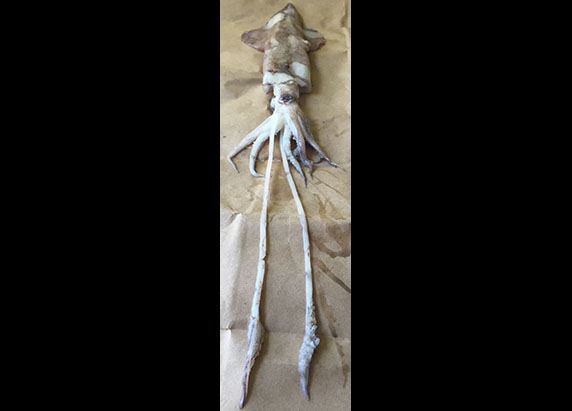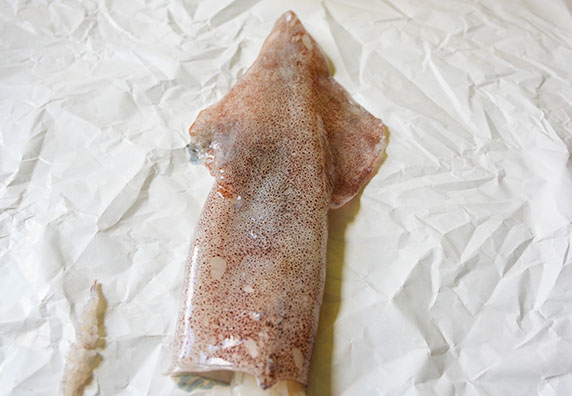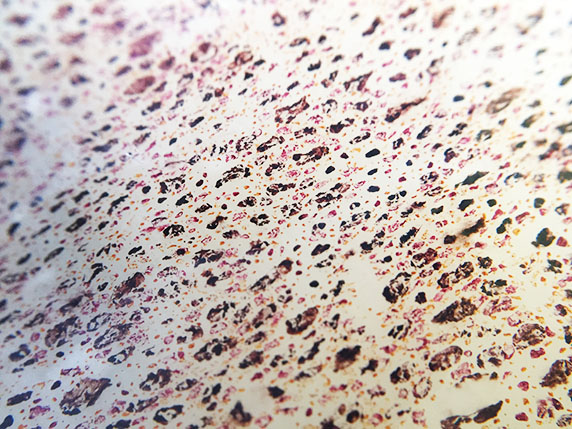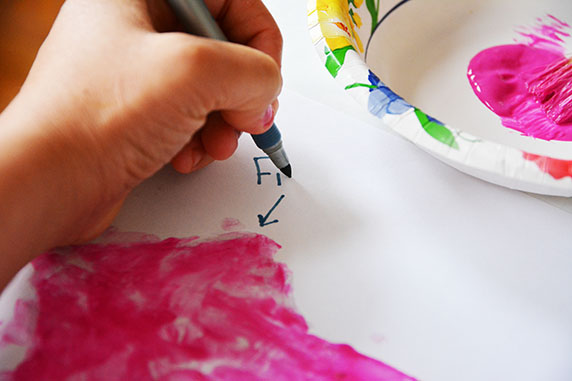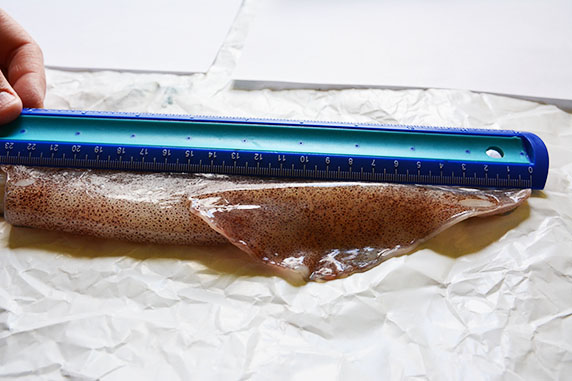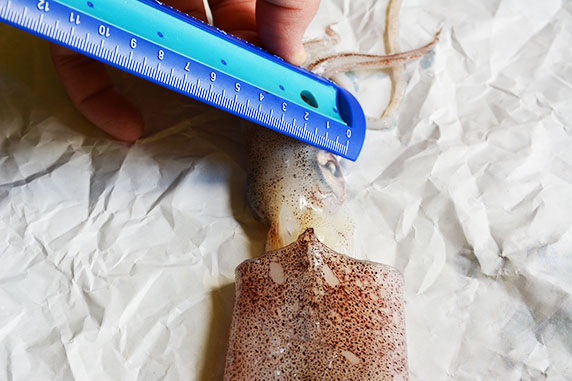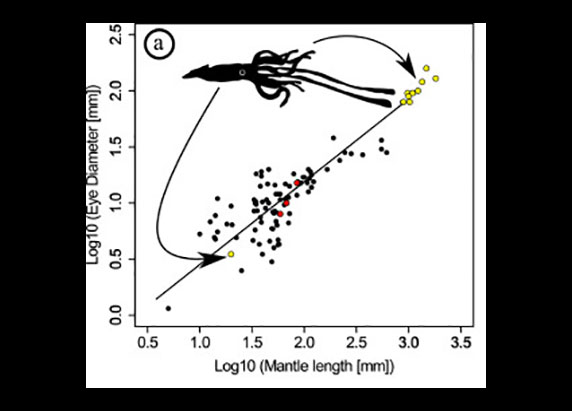Grade Level
All
minutes
15 min - 1 hr
subject
Life Science
Activity Type:
anatomy, cephalopod, squid
If you’ve ever seen a picture of a squid, you may have noticed that they have a bullet-like body. That streamlined shape helps them move quickly through the water and, in some cases, the air! There are more than 280 species of squid in the ocean. Different species share similar body plans and other features, but they also vary in ways that have enabled them to survive in a wide range of habitats.
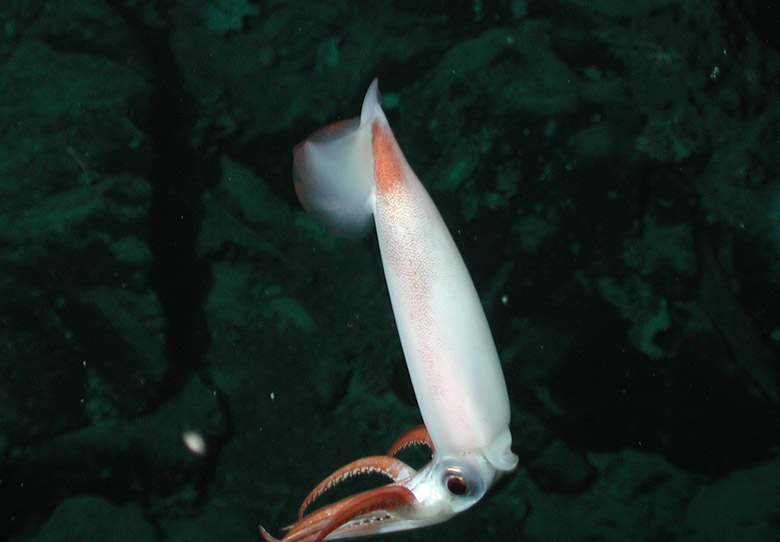




To us humans, squid may look both beautiful and strange. While you might expect to only see squid in the ocean, they’re a fairly common sight at grocery stores, fish markets, and bait shops, because people eat them and use them to catch fish. The species you encounter will differ depending on your location, but generally the squid we purchase as calamari come closer to shore for spawning and can live in depths up to 200 meters.


A squid you won’t find at your local grocery story is the much larger Humboldt squid, which spends its days between 200 and 1,000 meters down in the ocean.
Look at the images of the squid above. What are the similarities? What are some of the most notable differences between them?
Using the Humboldt squid external anatomy sheet as a guide, identify the visible parts in the squid images above.
Although all squid species have adapted to their own ecosystems, you can use the common squid we find in the market to examine different structures that are generally present in squid anatomy. You can also use your examination to draw conclusions about how those structures relate to the life functions of that squid. Now, let’s observe a squid and use a squid print to catalog our findings!
Materials

- 1 squid (should be obtained whole [i.e., none of the parts removed] from the fish market)
- Ruler (necessary for math extension)
- Hand lens (magnifying glass)
- Squid print observation sheet
- Humboldt squid external anatomy sheet (for guidance; note that the species you buy at the market will not be a Humboldt squid)
- Paint (edible, watercolor, finger paint, etc.)
- Paintbrush
- Wax paper
- Chopstick
- Paper towel
- Paper (printer paper, brown paper)
NOTE: Covering the table is recommended
Playing Music Through a Squid
Create a Squid Print
You are going to create a print of your squid that shows the whole squid and its important structures. To create a print of the entire squid, you will have to paint in stages and arrange the squid parts so that the important structures are visible.
Follow the steps below to create your print.
Squids are adapted to life in water. Looking at the list of basic functions below, see if you can connect the structures you examined with the functions they help the squid perform. Certain structures may be involved with more than one function.

Squids4Kids gave us a closer look at both the external and internal anatomy of the Humboldt Squid.
Cephalopod Body Structures

Squids, along with octopuses, cuttlefish, vampire squids, and nautili, are in a group of marine organisms called cephalopods. These organisms are soft-bodied and, except for the nautilus, do not have shells. You may be familiar with cephalopods because many species are experts at camouflage.
Although the body plans of other cephalopods are not the same as squids, they do have some similar structures. Using the images below, identify structures that are similar to the squid anatomy that you looked at earlier in the activity.


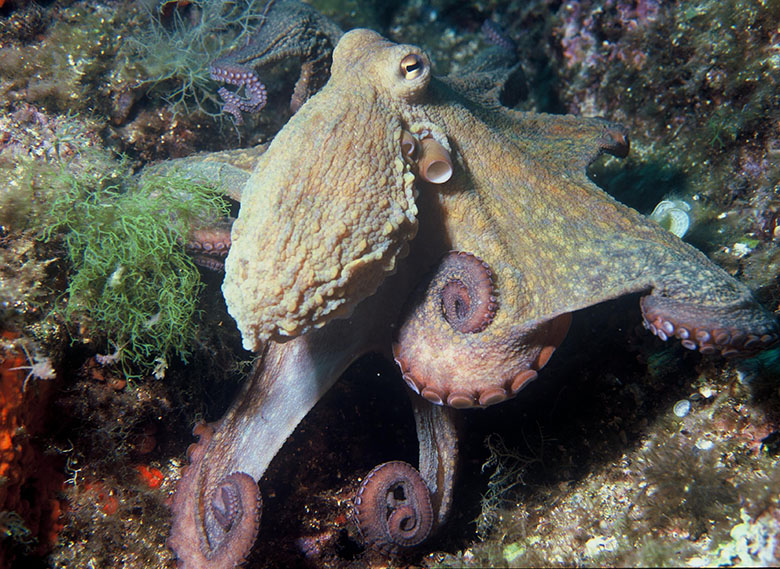
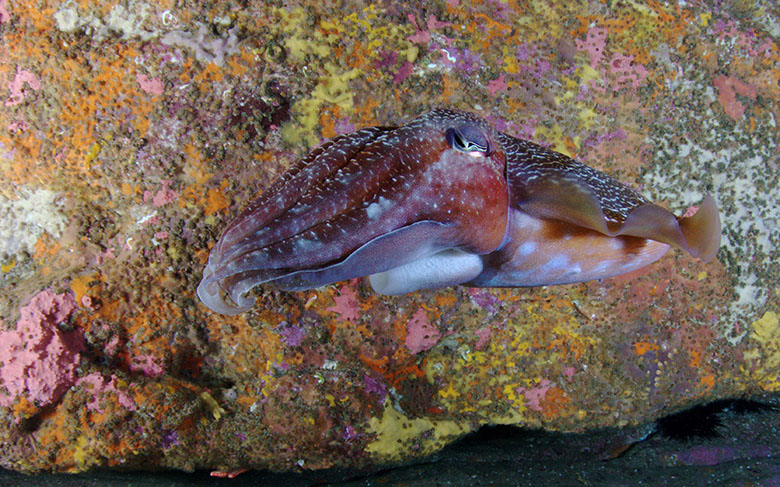
What are the similarities in body plan? What are several major differences in body plan? Which of the cephalopods do you think is the fastest based on its body plan? Why?
As you can see from the range of body plans, cephalopods are a diverse class of organisms. A recent study found that cephalopod species have increased globally, which scientists think is due to their ability to survive in the oceans that are experiencing changes as a result of global warming.
Math Extension
Does the giant squid have a ridiculously large eye?
Scientists have collected data on the proportion of mantle length to eye diameter for various squid species, such as the Humboldt squid and the giant squid. They found that, despite interspecies differences, the ratio was consistent among the 86 squid they tested. How does your squid stack up?
Why are we using a Log10 scale?
Logarithmic graphs, or log-scale graphs, are useful in organizing numerical data that varies widely in value. When graphing on a log-scale, the axes increase by a factor of 10 instead of by equal increments.
Want to learn more with cephalopods? Check out the Cephalopod Week spotlight.
Educator's Toolbox
Meet the Writer
About Xochitl Garcia
@msxgarciaXochitl Garcia was Science Friday’s K-12 education program manager. She is a former teacher who spends her time cooking, playing board games, and designing science investigations from odds and ends she’s stockpiled in the office (and in various drawers at home).


